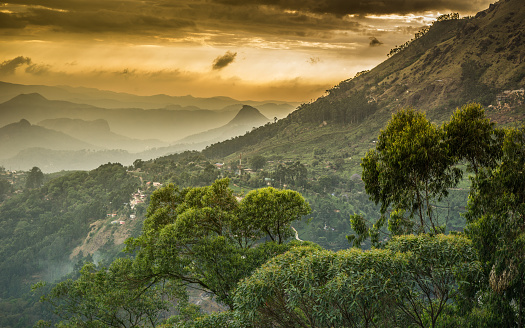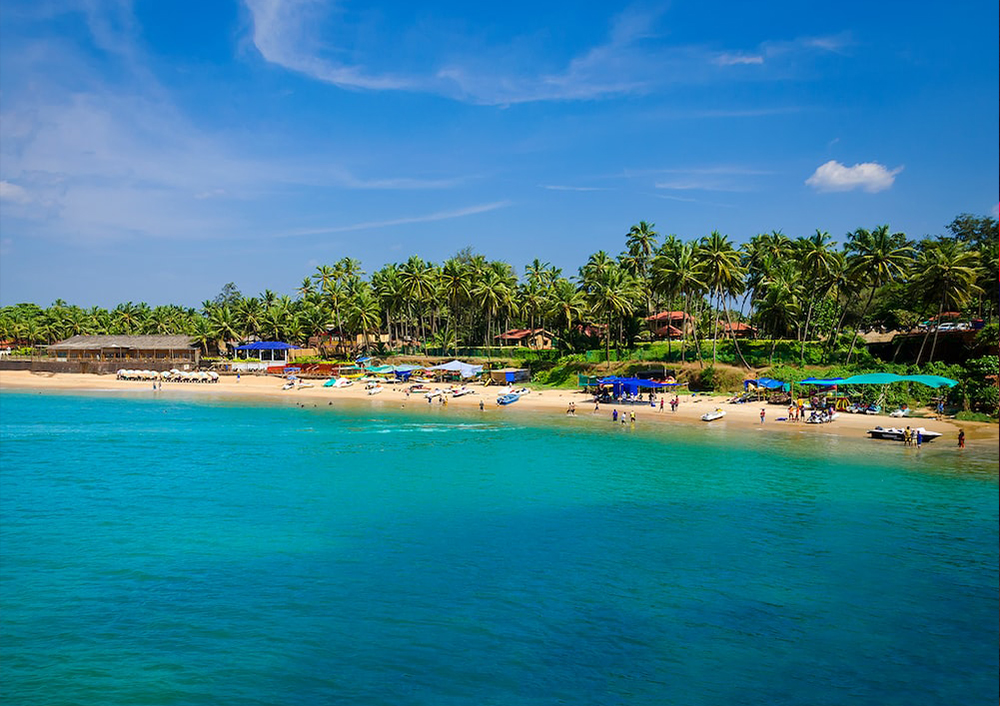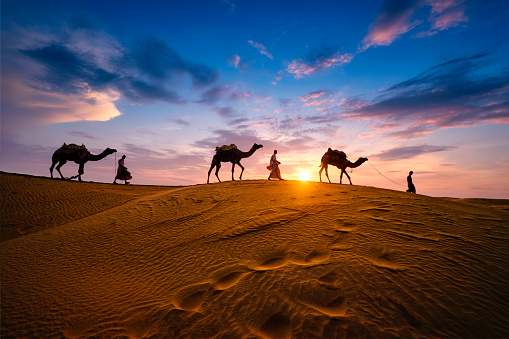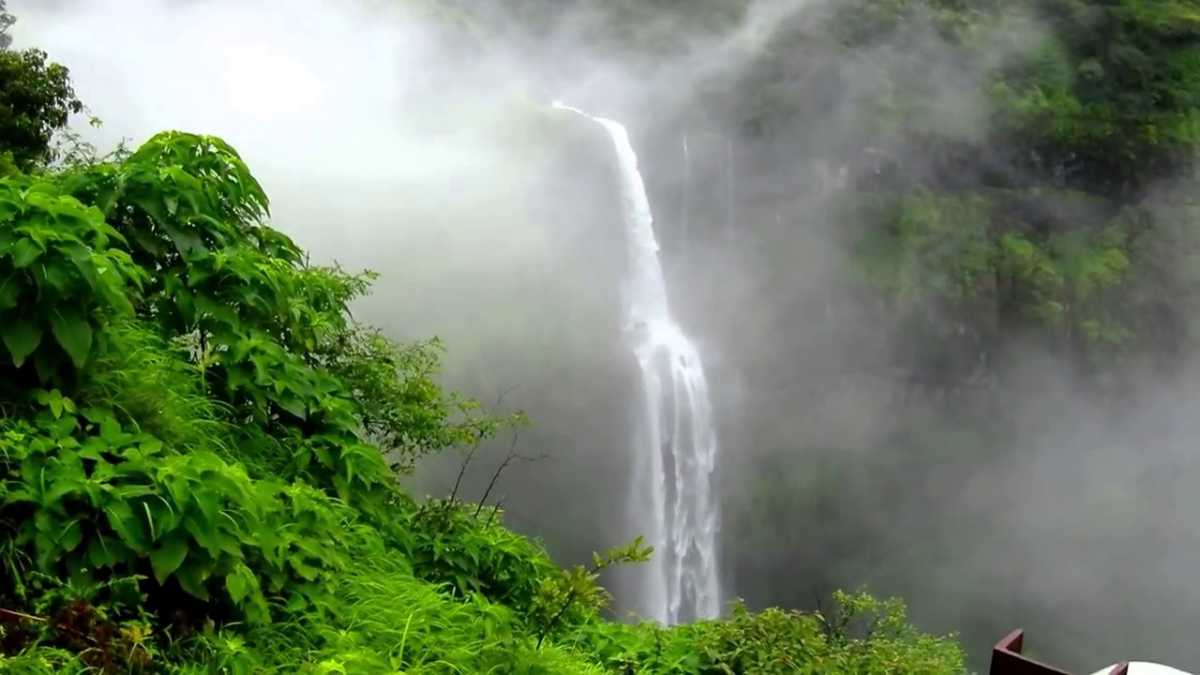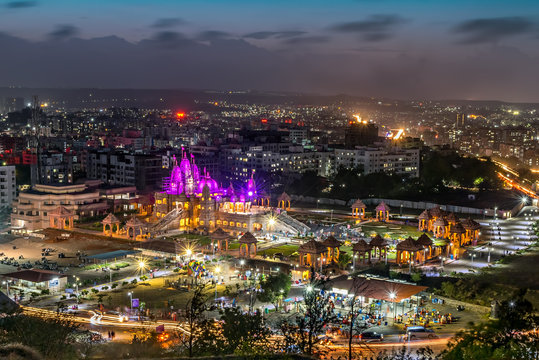Western Ghats: India's Ecological Hotspot
The Western Ghats, also known as Sahyadri, is a mountain range that runs parallel to the western coast of India. It is one of the eight hottest biodiversity hotspots in the world, as declared by UNESCO. The range stretches over six states of India, including Gujarat, Maharashtra, Goa, Karnataka, Tamil Nadu, and Kerala, covering an area of about 140,000 square kilometers. The Western Ghats have a rich and diverse ecology, making it one of the most significant regions in India, both environmentally and culturally.
Geography and Climate
The Western Ghats is a massive mountain range that is about 1600 km long and 100 km wide, running parallel to the western coast of India. The range starts from the Tapti River in Gujarat and ends at Kanyakumari in Tamil Nadu. The mountain range has a diverse topography that includes hills, valleys, plateaus, and peaks. The highest peak in the Western Ghats is Anamudi in Kerala, which stands at 2,695 meters.
The Western Ghats have a unique and complex climatic system, which is influenced by the monsoons. The region experiences two types of monsoons: the southwest and northeast monsoons. The southwest monsoon, which lasts from June to September, brings heavy rainfall to the region. The northeast monsoon, which lasts from October to December, brings moderate rainfall to the region. The Western Ghats is also home to several rivers that originate from the mountains, such as the Godavari, Krishna, and Cauvery rivers.
Biodiversity
The Western Ghats is home to a vast array of flora and fauna, including several endemic species. The region is one of the 36 biodiversity hotspots in the world and is home to over 7,000 plant species, including 5,000 flowering plant species, 139 mammal species, 508 bird species, 179 amphibian species, and 6,000 insect species.
The Western Ghats is also home to several critically endangered species, such as the Nilgiri tahr, Lion-tailed macaque, Malabar giant squirrel, and the Nilgiri langur. The region is also home to several iconic animals, such as the Indian elephant, Bengal tiger, and Indian leopard.
Cultural Significance
The Western Ghats has a rich cultural history, with several indigenous communities residing in the region for thousands of years. The region has several sacred groves, which are protected forests that are considered to be the abodes of gods and goddesses by the indigenous communities. The groves are home to several endemic species of plants and animals and are a significant part of the cultural heritage of the region.
Tourism
The Western Ghats is also a popular tourist destination, with several scenic locations and trekking trails. The region has several national parks and wildlife sanctuaries that are home to several iconic animals. Some of the popular national parks in the region include Silent Valley National Park, Periyar National Park, and Bandipur National Park.
Conclusion
In conclusion, the Western Ghats is a significant region in India, both environmentally and culturally. The region has a rich and diverse ecology, making it one of the most important biodiversity hotspots in the world. The Western Ghats is also home to several indigenous communities and has a rich cultural history. The region is also a popular tourist destination, with several scenic locations and trekking trails.


